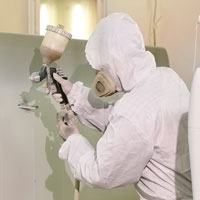 What is a Paint Booth?
What is a Paint Booth?
Aerospace paint spray booths provide the ideal environment to paint aircrafts, such as fighter jets, commercial airplanes, and helicopters. The paint spray booths regulate humidity, temperature, airflow, and pressure for proper coating application and curing. The booths are categorized by three different designs, which are: air pressure, cabin, or airflow.
The air pressure design booth will either have a negative or positive pressure. The positive pressure means that the pressure inside the booth is greater than the air pressure outside of the cabin. The air pressure inside the booth is provided by an air make-up system and replaces the air being exhausted by the fan.
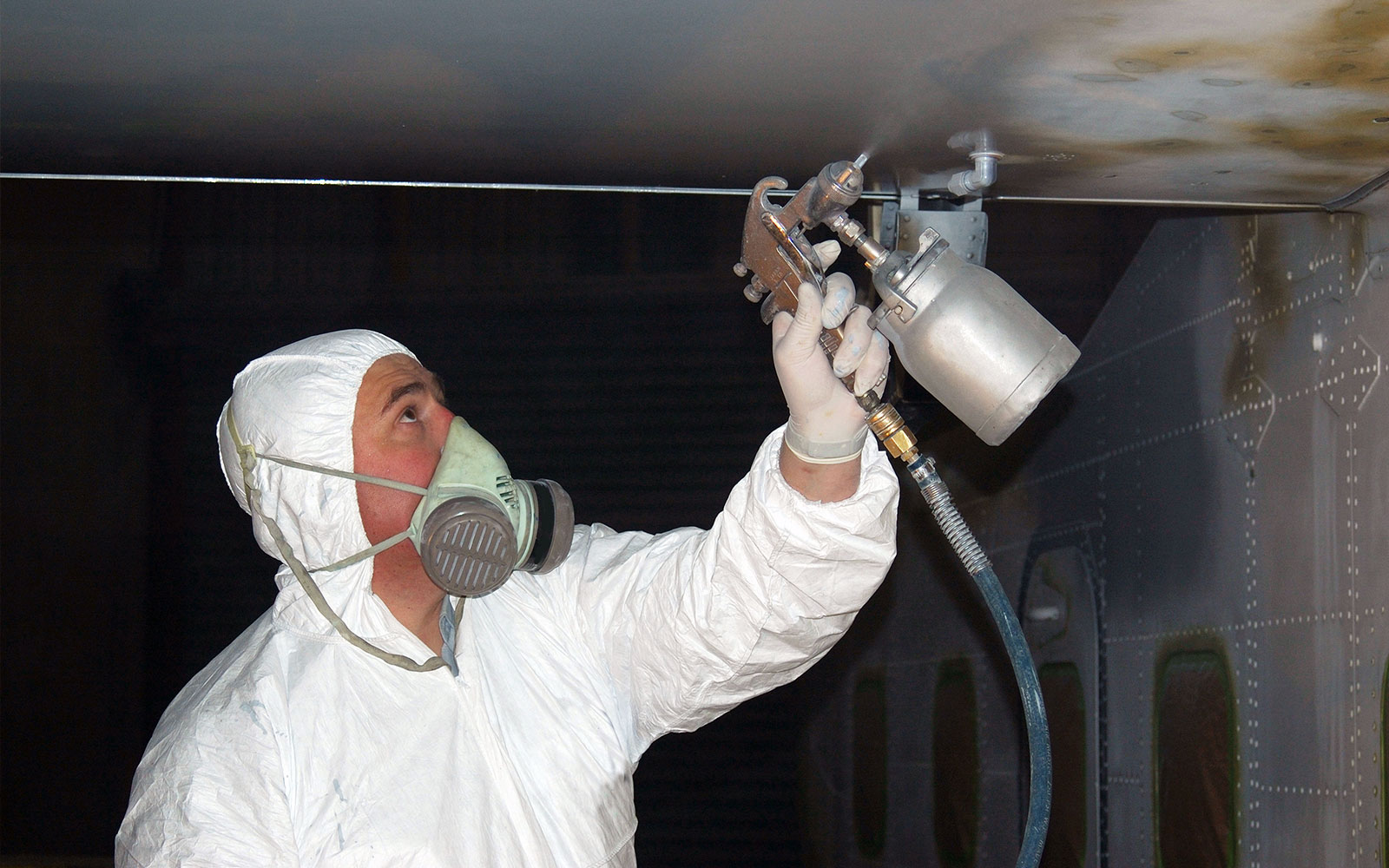
The cabin booth design can be constructed with either a closed face or an open face. The open face cabin is designed of three walls, which consists of a ceiling, no doors, and with the front of the booth open. Conversely, the closed face booth design will be closed on all sides with a closed ceiling and will contain entry doors for the aircraft. Typically these booths either have one door, so that craft can be driven in/backed out, or has two doors so that the aircraft can pass through the booth.
The final design, the airflow design, contains either a side draft, a cross draft, or a down draft. The side draft on paint booths filter air, which enters the booth on one side and is exhausted on the opposite side of the cabin. The cross draft booth design filters air that enters the cabin through the doors and is exhausted at the opposite end of the booth. The last type of design is the down draft, which filters the air in the booth from the ceiling and moves it downward. The down draft airflow design can exhaust the air in three ways: through a rear wall, a side wall, or a pit. As an option these paint booths may also contain a dust collector, which is used to remove dust-laden air from the insider of the booth. Dust collectors for paint booths are ideally used when a user is sanding or grinding the aircraft. The dust collector will pull dirty air away from the user and exhaust air to the outside of the booth into filters.
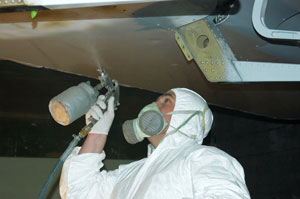 Benefits of Paint Booths
Benefits of Paint Booths
The paint booth eliminates many problems that a user would have while painting in an open air environment. Furthermore, the paint booth eliminates problems with draft or contaminated air by preventing any outside air from entering the booth through the use of ventilation. To achieve the precise environment for proper coating, application, and curing, the ventilated paint booth helps reduce paint overspray, provides 100% fresh air, and allows the user to control the temperature, humidity, airflow, and pressure. The airflow rate and ventilation system on the paint booth ensures that the airflow rate will keep the concentration of vapors in the mists below twenty five percent in the exhaust stream. Even though these ventilation systems reduce vapors in the mist, users still must wear appropriate respiratory equipment while painting as required by OSHA code 1910.107, which regulates continuous airflow. This mandated airflow rate requirement, inside a closed paint booth, also provides protection from any fires or explosions.
Instrumentation Requirements in Paint Booths
With paint booth applications there is a high risk of explosions/fires while the ventilation system removes flammable fumes and moves the air to the exhaust. In paint booth applications where the instrumentation electronics come in contact with flammable fumes, the manufacturer must use explosion-proof components. The explosion-proof components guarantee that the electronics will not create a spark, and if such an incident were to occur, the housing would be able to contain an internal explosion. The temperature and humidity inside the booth must be set by the user and the desired levels depend on the paint drying requirements.
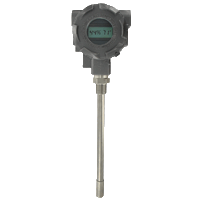
Dwyer’s Series HHT hazardous area humidity/temperature transmitter and Series TTE explosion-proof RTD temperature transmitter are fantastic options for temperature and humidity sensors needed for explosion-proof environments. Both of these units output a 4-20 mA output that will send a signal to the controller. Additionally, both the Series HHT and TTE have optional local displays so that the painter can monitor what the exact temperature and humidity levels are while working.
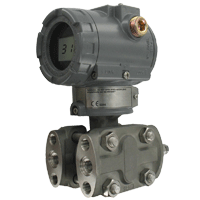
Another important aspect is the ability for the paint booth to be either negatively pressurized or positively pressurized. In order to monitor the difference of pressure inside the paint booth, in reference to the outside air, Dwyer recommends the Series 3100D explosion-proof differential pressure transmitter. This unit features a 4-20 mA output, optional HART® communication, an optional LCD display, and all-in-all is a great option for filter monitoring in explosion-proof applications. For airflow applications we also recommend our 3100D explosion-proof transmitter, as it has the capability to calculate airflows when connected to an airflow station.
For local indication of booth filter status, we also recommend the Mark II molded plastic manometer. The Mark II is a low cost solution ideal for both stationary and portable applications.
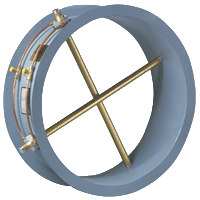
Airflow stations are available for purchase from Dwyer Instruments as well. For this application, we would recommend our Series FLST duct mounted airflow measurement station. These stations are fully configurable for your duct sizes and are available for rectangular, oval, or circular ducts. In order to connect the airflow stations to our 3100D pressure transmitter, the user must simply order the correct size station, connect the tubing to the station and our 3100D explosion-proof differential pressure transmitter, and apply the K-factor to the unit. For the optional dust collector in paint booths, the required instrumentation is a timer board. Dwyer also offers a wide range of timer boards and different style solenoid valves.
With nearly 90 years of experience in the instrumentation and controls industry, our team would be happy to assist your with your next paint booth application design.
If you have any questions, the Dwyer Applications Engineers are available to assist by phone at (219) 879-8000 x6402, or by email at tech@dwyermail.com.
